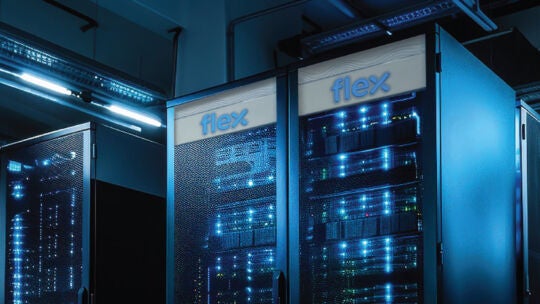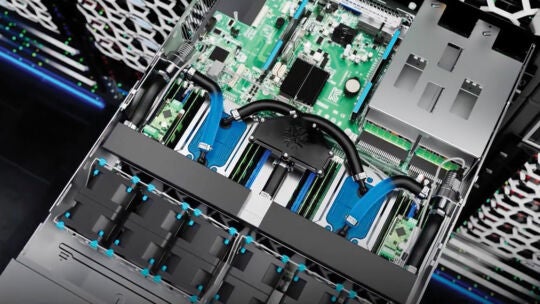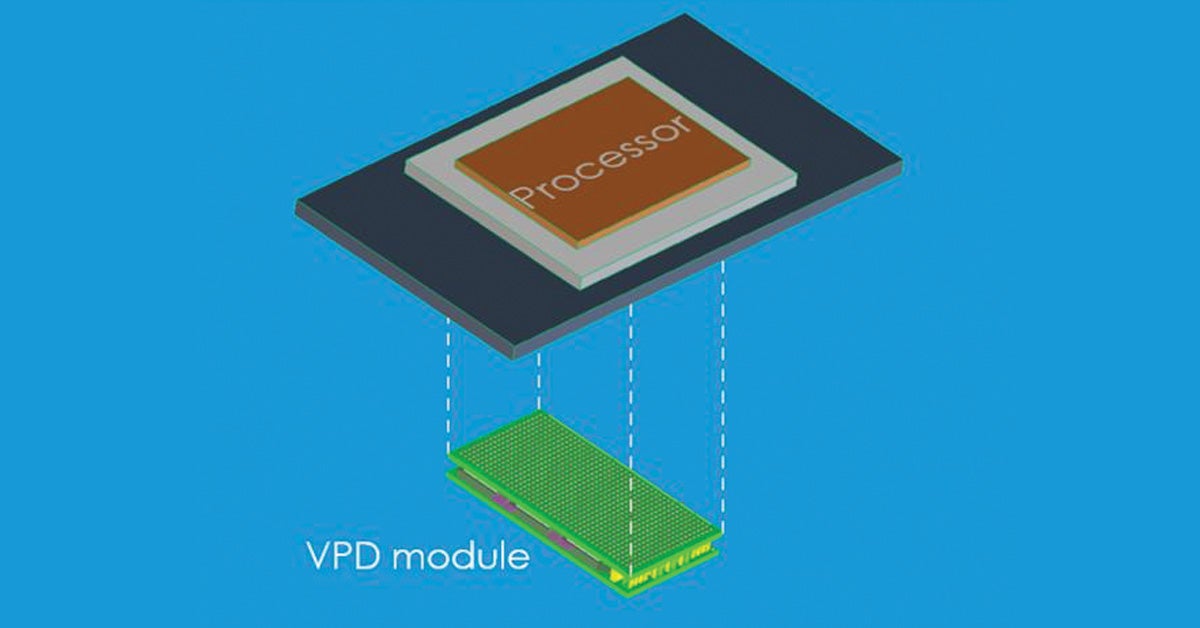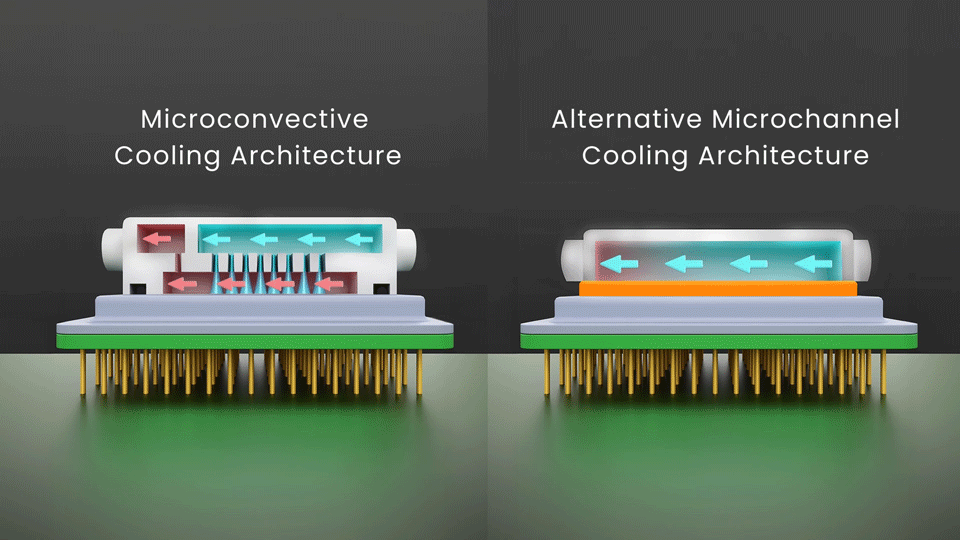
El panorama digital actual continúa evolucionando a un ritmo rápido, impulsado en gran medida por la inteligencia artificial (IA) y otros avances en informática. Este crecimiento ha llevado a un aumento sin precedentes en Demandas de energía y requisitos de densidad dentro de los centros de datosLos métodos de refrigeración tradicionales, principalmente la refrigeración por aire, se están volviendo inadecuados para manejar el calor generado por servidores densamente saturados. Para garantizar la sostenibilidad y la eficiencia de los centros de datos, la tecnología de refrigeración líquida se perfila como una solución vital para el futuro.
Por qué la refrigeración líquida está marcando la pauta
El calor generado por los sistemas informáticos de alto rendimiento plantea un desafío importante porque los sistemas de enfriamiento de aire tradicionales tienen dificultades para mantener temperaturas de funcionamiento óptimas, lo que genera ineficiencias, mayor consumo de energía y posibles fallas de hardware.
La dinámica térmica de los procesadores modernos, en particular los diseñados para cargas de trabajo de IA, es compleja. Estos procesadores pueden generar salidas de calor superiores a los 300 vatios por chip, especialmente cuando se ejecutan tareas intensivas como algoritmos de aprendizaje profundo. Como resultado, la potencia de diseño térmico (TDP) de estos componentes requiere soluciones de refrigeración avanzadas que puedan disipar el calor de manera eficiente.
Según la Encuesta de sistemas de enfriamiento de 2023 del Uptime Institute, se espera que el enfriamiento líquido directo supere al enfriamiento por aire como el método principal para Refrigeración de infraestructura de TI Para finales de la década, esta tendencia pone de relieve la urgente necesidad de contar con tecnologías de refrigeración innovadoras que puedan satisfacer las demandas de los centros de datos modernos.



